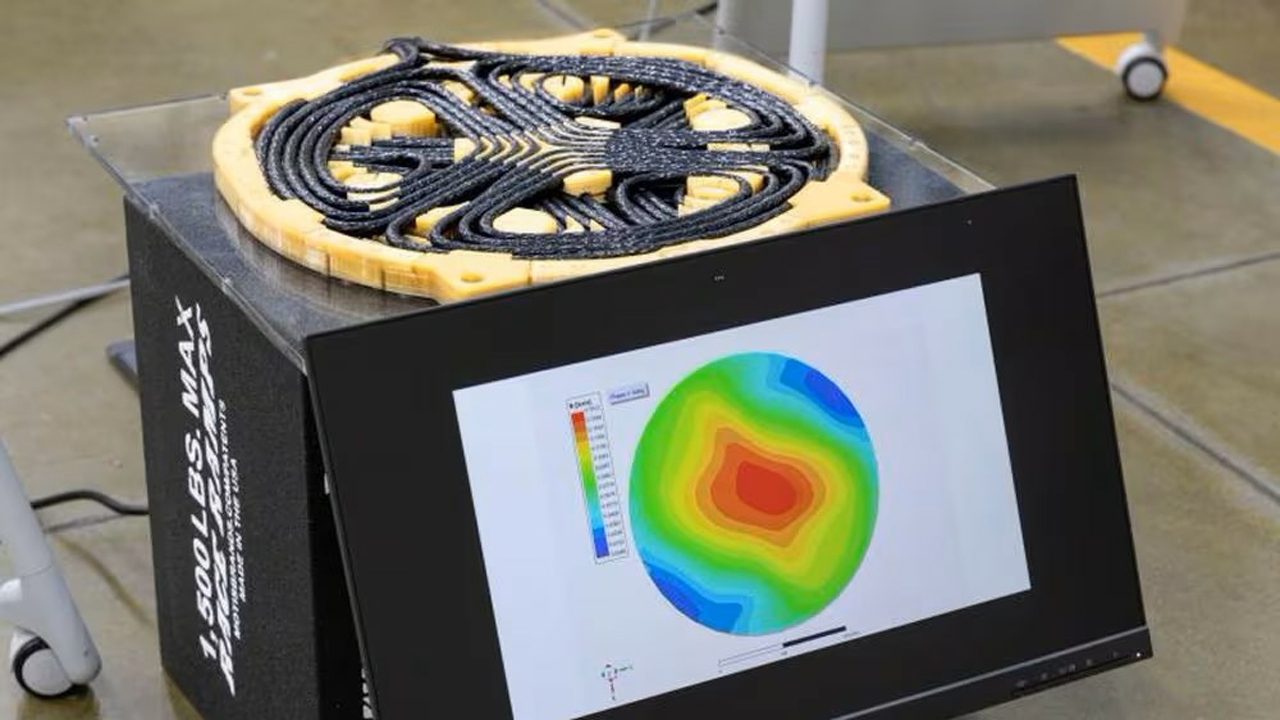The Dream of effortless Electric Vehicle (EV) charging without the hassle of cords may soon become a reality, thanks to advancements in wireless charging technology. While existing wireless charging solutions for EVs have been plagued by slow charging rates and bulky infrastructure, the latest innovation from Oak Ridge National Laboratory (ORNL) is poised to change the game.
Traditional wireless chargers have been limited to speeds of up to 20 kW, making them impractical for widespread adoption. Additionally, their large footprint and specific air gap requirements have made installation challenging in public spaces. However, ORNL’s new wireless EV charger offers a groundbreaking solution to these limitations.
By leveraging polyphase electromagnetic coupling coil technology, ORNL has developed a compact transmitter capable of delivering a staggering 120 kW of power. This represents a significant leap forward in both speed and efficiency compared to existing wireless charging systems.

The key innovation lies in the transmitter’s ability to produce bipolar electromagnetic fields using three-phase AC power, allowing for more compact coil configurations and increased efficiency. This breakthrough enables the transmitter to achieve a 100 kW charge rate with a five-inch air gap, surpassing the capabilities of conventional wireless chargers.
According to Omer Onar of ORNL, their technology boasts power densities eight to ten times higher than traditional coil technology, capable of increasing battery charge state by 50 percent in under 20 minutes. While the technology is still in the early stages of development, it holds immense promise for the future of EV charging.
Moving forward, the focus will be on scaling up production and addressing any challenges associated with mass adoption. With the potential to rival current DC fast chargers in speed and efficiency, wireless EV charging could revolutionize the way we power our vehicles in the years to come.

